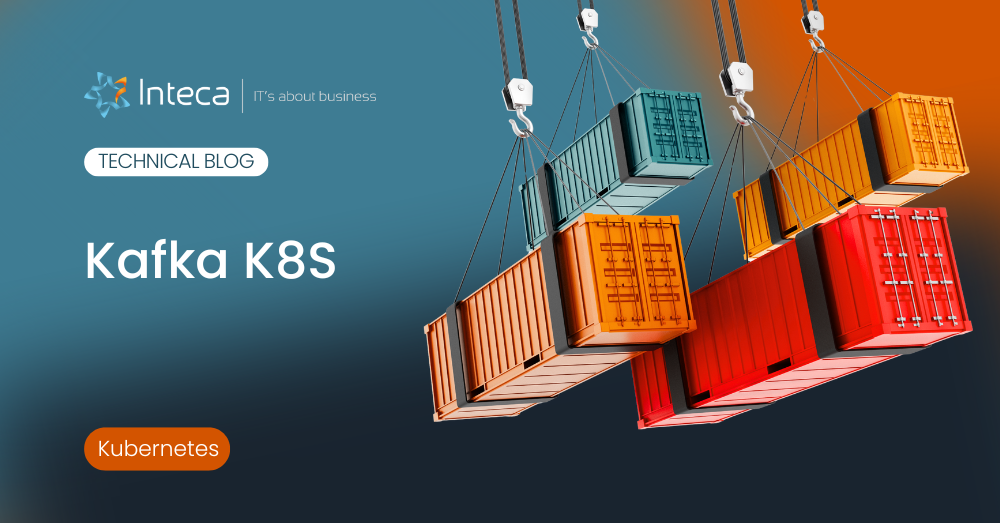The purpose of this article is to explore the growing trend of maintaining and accessing directory services within a network using Keycloak LDAP integration. We want to provide our readers with a comprehensive guide on how to effectively integrate LDAP and Active Directory with Keycloak, ensuring seamless user federation and management.
TL;DR:
Introduction to Keycloak LDAP Integration
In today’s interconnected world, directory services play a crucial role in managing user identities and access within a network. Keycloak, an open-source identity and access management solution, offers robust support for LDAP (Lightweight Directory Access Protocol) and Active Directory integration. This integration is facilitated through Keycloak’s User Federation feature, which allows organizations to synchronize and manage users from various directory services seamlessly.
Understanding Keycloak LDAP Integration
Keycloak LDAP integration is a powerful feature that enables organizations to leverage their existing LDAP or Active Directory infrastructure for user authentication and management. By integrating LDAP with Keycloak, you can centralize user management, streamline authentication processes, and enhance security across your network. Keycloak supports both LDAP and Active Directory, providing flexibility for organizations with different directory service setups. Additionally, Keycloak allows for the creation of custom user storage providers using the Keycloak User Storage SPI (Service Provider Interface), enabling integration with any custom user database.
The Role of User Federation in Keycloak
User Federation is a core feature of Keycloak that facilitates the integration of external user stores, such as LDAP and Active Directory, into the Keycloak ecosystem. When a user attempts to authenticate, Keycloak first searches its local user database. If the user is not found locally, Keycloak then queries the configured LDAP or custom user storage provider. One of the significant benefits of using User Federation for LDAP integration is the ability to synchronize user data from LDAP into Keycloak’s local user database. This synchronization can occur on-demand or through periodic background tasks, ensuring that user information is always up-to-date. However, it’s important to note that Keycloak never imports passwords from LDAP; password validation always occurs on the LDAP server. By leveraging Keycloak’s User Federation feature, organizations can achieve seamless user management and authentication across multiple directory services, enhancing both security and efficiency. In the next sections, we will delve deeper into the technical aspects of setting up and configuring Keycloak LDAP integration, providing you with a step-by-step guide to ensure a smooth and effective implementation. Stay tuned as we explore the intricacies of configuring the LDAP provider, mapping LDAP attributes, and managing multiple LDAP servers within a Keycloak realm.
Setting Up Keycloak LDAP Integration
Integrating Keycloak with LDAP and Active Directory is a crucial step for organizations looking to streamline their user management processes. This section provides a detailed, step-by-step guide to configuring Keycloak with LDAP, ensuring a seamless and efficient setup.
Configuring the LDAP Provider
Configuring the LDAP Provider in Keycloak involves creating an efficient LDAP user federation that integrates external directory services into the local Keycloak environment. Administrators can use the Keycloak admin console to set up the ldap configuration, allowing for the synchronization of users from an LDAP server. By defining an ldap mapper, you can map ldap user attributes to the common user model in Keycloak, ensuring that essential information like full name of the user and user name are appropriately transferred. This configuration enables Keycloak to add ldap user into the Keycloak database while maintaining a read-only LDAP setup.
Once the ldap federation provider is configured, users into the Keycloak user database can be managed seamlessly. The Keycloak server recognizes ldap groups and can assign appropriate realm roles or client roles based on the ldap user attributes. This integration simplifies the process of managing user access and permissions, allowing administrators to efficiently log into Keycloak and monitor user activity. With the right ldap user federation setup, businesses can leverage their existing directory services while enjoying the flexibility and features of the Keycloak common user model.
Mapping LDAP Attributes
In the context of integrating an LDAP user directory with Keycloak, mapping LDAP attributes is crucial for seamless user management. The Keycloak server utilizes an LDAP mapper to translate user attributes from the LDAP schema into the Keycloak common user model. This process allows the Keycloak admin to configure how ldap user federation works, ensuring that when a new user is added, their full name of the user, user name, and other LDAP user attributes are accurately reflected in the local Keycloak user database.
When an ldap user logs into Keycloak, the ldap federation provider retrieves their data and maps it accordingly. This includes assigning realm roles or client roles based on their ldap group memberships. The LDAP configuration can be set to read-only LDAP, ensuring that changes to users into the Keycloak user database can only occur from the local Keycloak side, thus maintaining the integrity of the ldap into the local Keycloak system.
Managing Multiple LDAP Servers
Managing multiple LDAP servers can be a complex but rewarding task, especially when integrating them with a Keycloak server. By using an LDAP federation provider, administrators can streamline the process of importing LDAP user data into Keycloak. This involves configuring LDAP mappers to translate user attributes, such as the full name of the user and user name, into the Keycloak common user model. The Keycloak admin can easily add user federation to connect LDAP users with local Keycloak accounts, allowing for seamless authentication and authorization.
Additionally, administrators can manage read-only LDAP configurations, ensuring that changes made in the local Keycloak user database do not affect the original LDAP configuration. By leveraging realm roles or client roles, LDAP groups can be mapped effectively to Keycloak, providing a unified access control mechanism. This way, users into the Keycloak user database can be managed efficiently, while ensuring the integrity of the common user model across different systems. With the right setup, logging in to Keycloak becomes a smooth experience for LDAP users across the organization.
Best Practices for LDAP Integration
To maximize the benefits of integrating Keycloak with LDAP or Active Directory, consider the following best practices:
Use Secure Connections
- Always utilize SSL/TLS for LDAP connections to safeguard credentials and data.
Limit Scope with LDAP Filters
- Apply LDAP filters (e.g.,
(objectClass=person)) to synchronize only necessary users and groups.
Regular Synchronization
- Schedule periodic synchronization to keep Keycloak updated with LDAP changes.
Monitor Logs
- Regularly review Keycloak and LDAP server logs to detect and address issues promptly.
Backup Configuration
- Maintain backups of Keycloak configurations and consider using infrastructure-as-code tools.
Test in a Staging Environment
- Before deploying changes to production, test configurations in a staging environment to prevent disruptions.
Conclusion
Integrating Keycloak with LDAP or Active Directory through User Federation significantly enhances an organization’s ability to manage user authentication and access control centrally. By following this guide, IT professionals can implement a secure and efficient integration, leveraging Keycloak’s robust features to achieve seamless user federation and improved network security.




